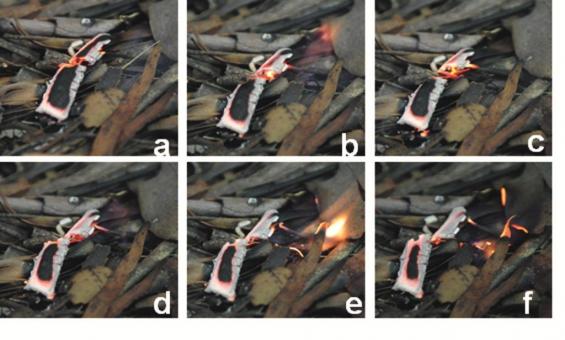Fire cycle insights aid in bushfire battle
Fire Note 127: Understanding how a bushfire progresses from ignition to conflagration is essential to planning effective suppression strategies and issuing public warnings – thereby saving lives. The period between when a fire starts, and when it reaches its maximum rate of spread (its ‘steady state’) is the only time attacking the fire can be effective.
This research was the first comprehensive investigation of the factors influencing the lifecycle of a bushfire. It conceptualises a fire from its start, through its development and growth (both horizontally and vertically) to the point where it begins to throw firebrands and start spotfires, which starts the cycle again.
From this knowledge, predictive models about the probability, number, size, and potential growth rate of fire ignitions were developed. These models can be used to help determine the most effective allocation and deployment of suppression resources, on both a seasonal and incident basis, within a framework of firefighting resource allocation that was also developed during this project. The models may also be applied to prescribed burn planning and implementation.
For more info ...
-
Project Leader



